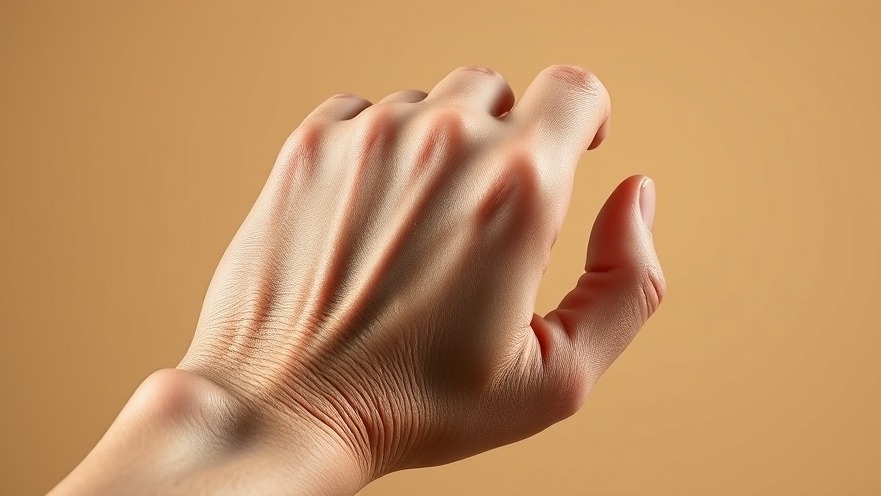
Understanding Dystonia: The Hidden Movement Disorder
Dystonia, a disorder that disrupts regular muscle contractions leading to involuntary movements, remains largely misunderstood and often underdiagnosed compared to more widely recognized movement disorders like Parkinson's disease. Affecting at least 1% of the global population, it is crucial to shine a light on its symptoms, types, and treatment options for those grappling with this debilitating condition.
The Spectrum of Dystonia Symptoms
Dystonia manifests through a variety of symptoms, primarily characterized by involuntary muscle contractions that can twist any part of the body. The most common form seen in adults is focal dystonia, which includes well-known conditions such as cervical dystonia (spasmodic torticollis). This form often results in abnormal neck movements, resembling a head shaking “no” or nodding “yes.” Other types include:
Blepharospasm: Involuntary contractions of eyelid muscles causing excessive blinking.
Writer’s cramp: Affects hand and arm movements during specific tasks, like writing.
Oromandibular dystonia: Causes contractions in facial muscles, sometimes impacting speech.
Laryngeal dystonia: Leads to muscle contractions affecting vocal cords, resulting in speech difficulties.
Understanding these variations is vital for both diagnosis and treatment.
Uncovering the Causes Behind Dystonia
Dystonia is not a one-size-fits-all disorder; it has several underlying causes. It can be hereditary, linked to genetic mutations affecting brain circuits that regulate muscle movement. This genetic predisposition often leads to primary dystonia. Conversely, secondary dystonia arises from external factors like structural brain damage due to trauma, infections, or exposure to certain medications.
Most frequently, dystonia remains idiopathic, meaning its specific trigger is unknown. This variability in causes contributes to the challenges faced by healthcare professionals in diagnosing and treating the disorder appropriately.
The Future of Dystonia Diagnosis and Treatment
As with many conditions, early intervention is crucial in managing dystonia effectively. While there remains a lack of comprehensive awareness among practitioners, advancements in medical research are paving the way for better treatment options. This includes medications and therapies tailored to alleviate symptoms.
New strategies, including physical therapy and occupational therapy, are being explored to improve quality of life for those affected. There remain two primary approaches to treatment: pharmacological treatments like muscle relaxants and more invasive options such as botulinum toxin injections aimed at localizing muscle contractions directly.
A Community United for Awareness
Communities nationwide are increasingly understanding the importance of health and wellness events, bringing attention to issues like dystonia. Raising awareness around such movement disorders provides a platform for affected individuals to share their experiences. Events centered on health and wellness not only educate but foster support networks crucial for those living with chronic disorders.
The San Antonio community, for instance, sees various health and wellness activities promoting holistic living and understanding of conditions like dystonia, emphasizing the importance of support systems in managing chronic health issues.
Actionable Insights: What You Can Do
If you or someone you know is experiencing symptoms of dystonia, here are some actionable steps to take:
Seek Medical Advice: Consult healthcare professionals who specialize in movement disorders for an accurate diagnosis.
Join Support Groups: Connecting with others who have similar experiences can provide emotional and practical support.
Explore Treatment Options: Stay informed about both traditional and alternative medicine approaches, including physical therapy and lifestyle changes.
By staying proactive, individuals can work towards better management of dystonia and enhance their quality of life.
 Add Element
Add Element  Add Row
Add Row 




Write A Comment